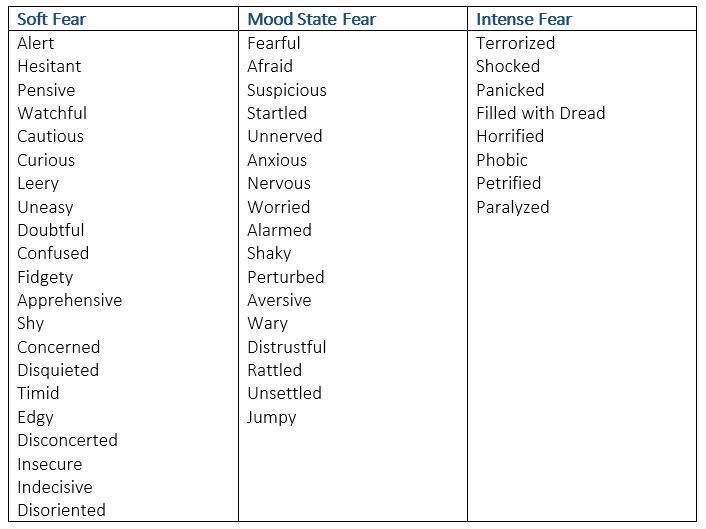

In short, our emotions help us to determine whether our interactions with others are appropriate, to predict how others are going to respond to us, and to regulate our behavior toward others. When we are happy, we may seek out and socialize with others when we are angry, we may attack and when we are fearful, we are more likely to turn to safety.

The experience of disgust helps us stay healthy by helping us avoid situations that are likely to carry disease (Oaten, Stevenson, & Case, 2009), and the experience of embarrassment helps us respond appropriately to situations in which we may have violated social norms.Īffect signals either that things are going OK (e.g., because we are in a good mood or are experiencing joy or serenity) or that things are not going so well (we are in a bad mood, anxious, upset, or angry).

Describe the phenomenon of misattributing arousal and its impact on our emotions.Īlthough affect can be harmful if it is unregulated or unchecked, our moods and emotions normally help us function efficiently and in a way that increases our chances of survival (Bless, Bohner, Schwarz, & Strack, 1990 Schwarz et al., 1991).Summarize the function and outcomes of our mood states.Review the known gender and cultural differences in the experience and expression of emotion.Differentiate the basic and secondary emotions and explain their functions.Describe the physiology of emotions, including the actions of the sympathetic nervous system, the parasympathetic nervous system, and the amygdala.


 0 kommentar(er)
0 kommentar(er)
